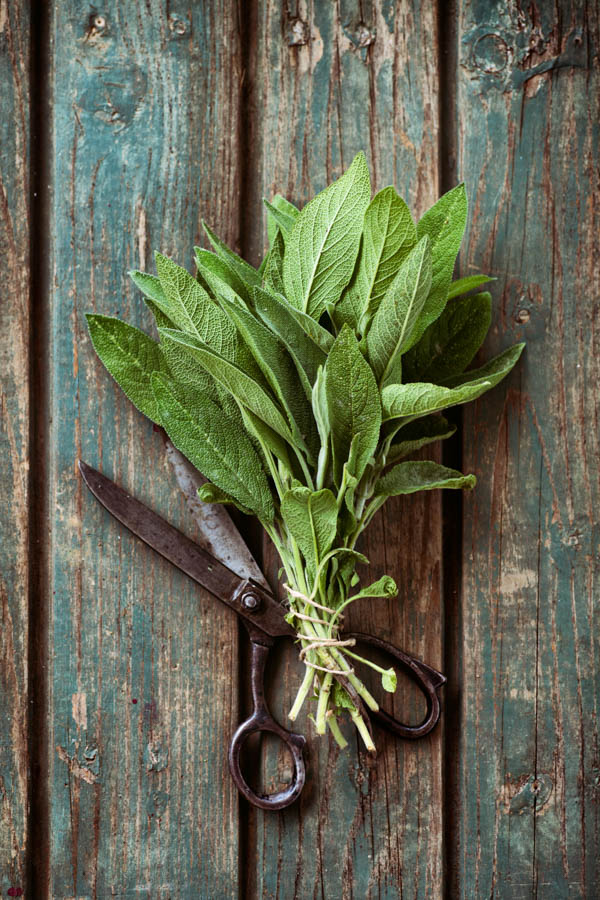GardenZeus Recommendations for Edible Sage

The discerning gardener can choose from a variety of sage plants based on appearance, suitability for a given microclimate, and flavor.
Salvia officinalis, or common sage, is a member of the mint family, Lamiaceae and the genus, salvia. Many think all salvias are drought tolerant, but the salvia genus includes many perennials that require significant water. As a Mediterranean native perennial, common sage is a drought tolerant, low maintenance plant frequently used in landscapes for its attractive appearance and culinary value.
Common sage plants typically grow from 1 to 3 feet in height and almost as wide, sport silvery grey- green oblong leaves and exude light pine scent. Older plants often become leggy.
GardenZeus recommends the following additional varieties of common sage with grey, purple, yellow or variegated leaves, including:
Berggarten. With it strong, bold flavor, Berggarten is the variety of choice for chefs. It performs well in alkaline soils common to many parts of California. It has round, dense grey leaves, is longer-lived and is less sensitive to cold temperatures compared to other varieties. To 16 inches high.
Other varieties of Salvia officinalis tend to be less hardy and more sensitive to poorly draining soils. Leaves develop the strongest color in bright, direct sun. Golden types have very mild flavor. Grow these varieties for their appearance in the garden or on a serving platter, but not for optimal flavor in cooking:
Aurea is a variegated sage with light green leaves with gold edges.
Icterina has grey-green leaves and a yellow border.
Purpurascens is a beautiful purple sage with purple to violet leaves that mature to grey-green.
Tricolor sage has grey green leaves with an irregular cream border; new growth is light purple.
Though somewhat similar in appearance to the grey common sage plants, Salvia aplana, California White Sage, is a large California native plant and herb that has been used by Native Americans used for incense, but not eating.
Don’t know your GardenZeus zone? Click here.
Other articles of interest:
Sage in the Mediterranean Garden



